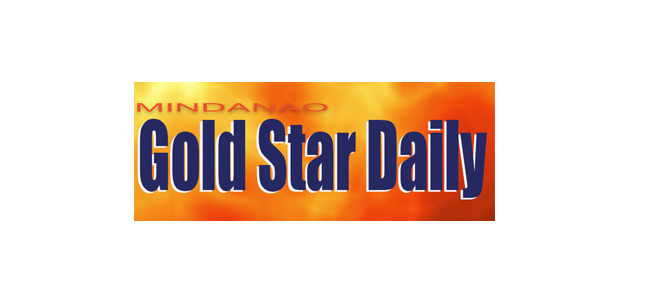By Mars B. Guibone,
m.guibone@gmail.com
WE live in a world that has continually evolved in many respects. Noteworthy is the advancement of Communication and Information Technology which ushered the arrival of the Information Age. We are in an age where both the amount of new knowledge produced, and the ease of accessing and acquiring knowledge have grown exponentially. What used to take minutes or hours to search and find from volumes of books or encyclopedias, now takes just a few quick key taps on a laptop or a smartphone. Getting any information, acquiring knowledge have become so quick and easy.
With knowledge being easily accessed and acquired now, education goals had to change then. Recently, changes in curriculum were undertaken and were gradually implemented vis-à-vis the students’ present needs. One of these changes is the giving of emphasis on the development of the 21st Century Skills as they relate with knowledge, with the end goal that students learn both (knowledge and skills) in a mutually reinforcing way. The development of these skills is deemed necessary to match the standard or requirements of future jobs based on current trends. Noting that students today are our workforce in the future (globally, nationally or locally), providing them with necessary knowledge and skills from the elementary level up to the tertiary level is, therefore, imperative.
The 21st Century Skills are coined The 7 Cs. These Cs are Creativity, Critical Thinking, Communication, Collaboration, Computing/ICT, Career/Lifelong Learning, and Cross-cultural Understanding.
Opportunities to develop the abovementioned skills come when knowledge and understanding of certain contents are applied and tested through a performance task (PT) – an activity that the students accomplish by group through the application of the concepts they learned from regular classroom instruction prior to doing it. It is planned in a way that the situation or task leads to designing and creating a solution or innovation that will benefit the community, thereby developing students’ creativity. In the process of designing, creating, or solving a problem, another C, critical thinking is also developed. And since unavoidably, the process requires research, then, information technologies are used. That is where computing comes in then. Collaboration spontaneously happens in the process since a performance task is a group project. It is evident when they share responsibility, assist others in their roles, contribute ideas, and tolerate different viewpoints. Collaborating and creating necessitate effective communication hence the ability to express ideas clearly, fluently, and meaningfully is also honed. Globalization has somehow given us “one citizenship”, and it has affected people both face-to-face and virtually, hence, cross-cultural understanding by connecting with the experiences of people in other cultures and countries is also consciously embedded in the PT. Career/Lifelong learning is also embedded in the activity/project when the students are made to reflect on their work and chart personal growth plans for continuous improvement.
That is what and how students learn in schools today. Gone are the days when studying meant having to just memorize or parrot back to the teacher what has been taught i.e., when intelligence was equated with knowing voluminous facts, and when learning was solely measured through written tests that more often reflected only the students’ ability to remember facts and figures. Teachers nowadays are facilitators and innovators, who ultimately make students learn to know what to do with what they know, and the key to that is “Performance Tasks and The 7 Cs.”
Disclaimer
Mindanao Gold Star Daily holds the copyrights of all articles and photos in perpetuity. Any unauthorized reproduction in any platform, electronic and hardcopy, shall be liable for copyright infringement under the Intellectual Property Rights Law of the Philippines.













